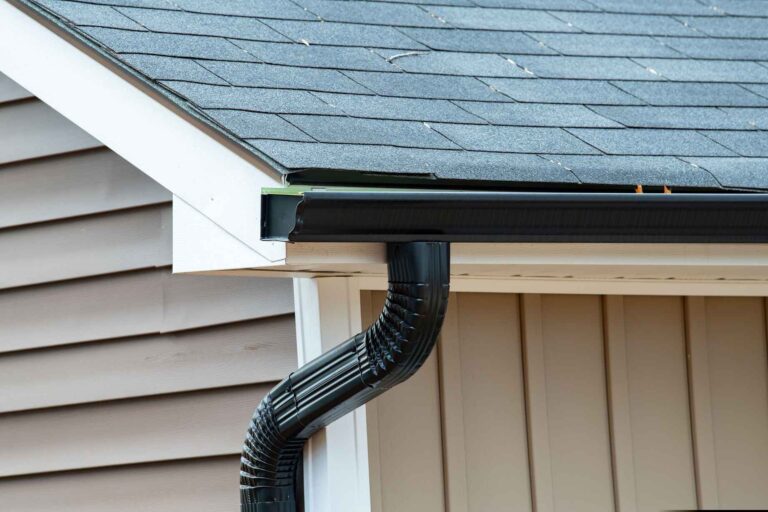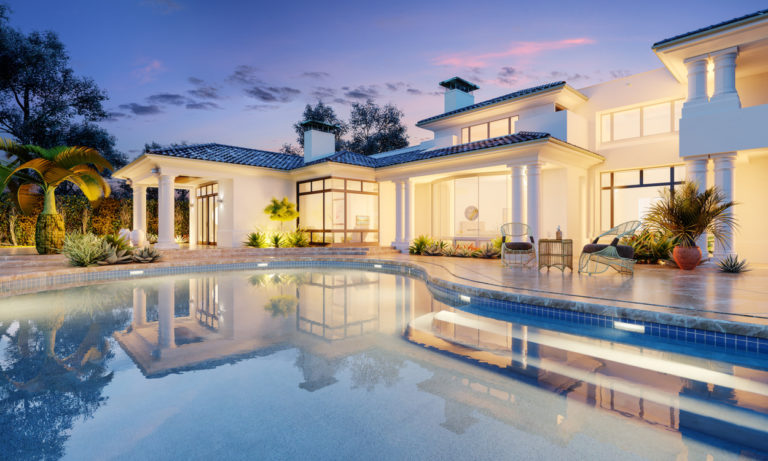Your roof is your home’s first line of defence against the elements. It protects you from rain, snow, wind, and the sun’s harsh rays. However, these same elements that your roof shields you from can also take a toll on its durability over time. Understanding how weather and seasons impact your roof can help you maintain it properly and extend its lifespan.
The Impact of Sun and Heat
The sun’s ultraviolet (UV) rays are a constant threat to your roof’s integrity, especially during the summer months. In Vancouver, where weather conditions can vary dramatically, the combination of sun and occasional heatwaves can accelerate roof deterioration. Prolonged exposure to sunlight can cause various materials to deteriorate, making Vancouver roofing maintenance crucial for homeowners.
Asphalt shingles, one of the most common roofing materials, are particularly vulnerable to UV radiation. The sun’s heat causes the shingles to expand and contract, leading to cracks and brittleness over time. This process, known as thermal cycling, can significantly shorten the lifespan of your roof.
UV rays also break down the oils in asphalt shingles, causing them to dry out and become less flexible. As a result, the shingles may curl, warp, or even break, compromising their ability to protect your home from water infiltration.
Wood roofing materials, while aesthetically pleasing, are also susceptible to sun damage. Prolonged exposure to UV rays can cause wood shingles and shakes to dry out, crack, and split. This not only affects their appearance but also reduces their effectiveness in protecting your home.
While metal roofs are generally more resistant to sun damage, they’re not entirely immune. Extreme heat can cause metal roofing to expand and contract, potentially leading to loose fasteners or separated seams over time.
To mitigate sun damage, some homeowners opt for cool roof technologies. These include reflective coatings or light-coloured roofing materials that reflect more sunlight and absorb less heat, helping to maintain a more stable roof temperature.
Rain and Moisture: A Constant Threat
Rain is a primary concern for roof durability, as water can find its way into the smallest cracks and crevices, causing significant damage over time.
Water Infiltration
When rainwater penetrates your roof’s outer layer, it can lead to a host of problems:
- Rotting of wooden structures in the roof framework
- Growth of mould and mildew, which can be harmful to your health
- Staining and damage to ceilings and walls
- Weakening of the overall structural integrity of your home
Gutter System Importance
Your roof’s gutter system plays a crucial role in managing rainwater. Properly functioning gutters direct water away from your roof and foundation, preventing water from pooling on the roof or seeping into your home’s structure.
Regular cleaning and maintenance of gutters are essential to prevent clogs that can lead to water backup and potential roof damage.
Moss and Algae Growth
In areas with high humidity or frequent rainfall, moss and algae can take hold on your roof. While they might seem harmless, these organisms can retain moisture against your roof’s surface, accelerating the deterioration of roofing materials.
Some roofing manufacturers now offer shingles with algae-resistant properties to combat this issue in humid climate.
The Weight of Snow and Ice
Winter weather presents unique challenges to roof durability, particularly in regions that experience heavy snowfall and freezing temperatures.
The weight of accumulated snow can put significant stress on your roof’s structure. Most roofs are designed to handle a certain amount of snow load, but excessive accumulation can lead to structural damage or even collapse in extreme cases. The risk is higher for flat or low-slope roofs, which don’t allow snow to slide off as easily as steeply pitched roofs.
Ice dams are a common winter roofing problem. They form when heat from your attic melts snow on the roof, which then refreezes at the colder eaves. This creates a barrier that prevents proper drainage, allowing water to back up under the shingles and potentially into your home. Proper attic insulation and ventilation can help prevent ice dams by keeping your roof’s surface temperature consistent.
Regions that experience frequent freeze-thaw cycles face additional challenges. As water seeps into small cracks in roofing materials and then freezes, it expands, widening the cracks. This cycle, repeated throughout the winter, can cause significant damage over time.
Wind: An Underestimated Force
While often overlooked, wind can be a significant factor in roof damage, especially during storms or in areas prone to high winds.
Lifting and Tearing
Strong winds can lift shingles, particularly if they’re already loose or damaged. Once lifted, shingles are more likely to tear or be completely blown off, leaving your roof vulnerable to water infiltration.
Debris Impact
High winds often carry debris such as tree branches or other loose objects. These can cause impact damage to your roof, creating weak spots or punctures that compromise its integrity.
Long-Term Effects
Even if winds aren’t strong enough to cause immediate, visible damage, constant exposure to moderate winds can gradually loosen fasteners and wear down roofing materials over time.
Climate-Specific Considerations
The specific climate of your region plays a significant role in how weather affects your roof’s durability.
Homes near the coast face unique challenges:
- Salt spray can accelerate corrosion of metal components
- Strong coastal winds can be more damaging than inland winds
- Higher humidity levels can promote algae and moss growth
In these areas, choosing corrosion-resistant materials and regular cleaning are essential for roof longevity.
In dry, hot climates:
- UV damage is a primary concern
- Dust storms can erode roofing materials over time
- Sudden, intense rainstorms can overwhelm poorly maintained drainage systems
Cool roof technologies and regular inspections for sun damage are particularly important in these regions.
-
Tropical and Subtropical Climates
These areas often experience:
- Heavy rainfall and high humidity
- Risk of tropical storms or hurricanes
- Accelerated growth of moss and algae
Roofs in these climates benefit from impact-resistant materials, proper drainage systems, and regular treatments to prevent organic growth.
Innovative Roofing Technologies
As our understanding of how weather affects roofs grows, so do the technologies designed to combat these effects:
- Impact-resistant shingles that can withstand hail and flying debris
- Solar reflective granules that reduce heat absorption
- Self-adhering underlayments that provide an extra barrier against water infiltration
- Smart sensors that can detect moisture or unusual loads on your roof
These innovations, when combined with regular maintenance, can significantly enhance your roof’s ability to withstand various weather conditions.
The Role of Professional Inspections
While regular DIY checks are important, professional roof inspections play a crucial role in maintaining your roof’s durability. Roofing experts can:
- Identify potential issues before they become major problems
- Provide specialized treatments or repairs
- Offer advice on upgrades or replacements to improve weather resistance
- Ensure that any work done complies with local building codes
Most roofing professionals recommend annual inspections, with additional checks after severe weather events.
Summary
Your roof is a complex system that faces constant challenges from weather and changing seasons. From the scorching sun of summer to the heavy snows of winter, each season brings its own set of potential issues. By understanding how these elements affect your roof, you can take proactive steps to protect it. Regular maintenance, timely repairs, and choosing the right materials for your climate are key to extending your roof’s lifespan. Remember, a well-maintained roof not only protects your home but also contributes to its energy efficiency and overall value.










